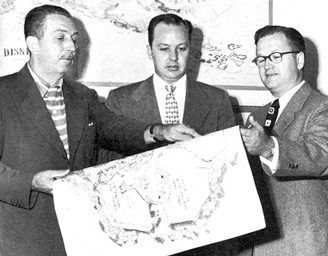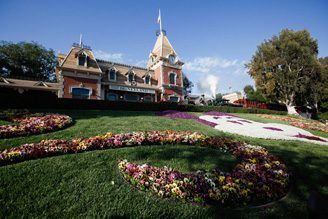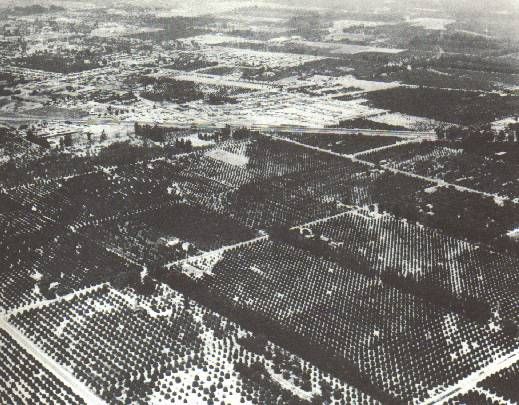- About
- Expertise
- Advanced imaging systems
- Artificial intelligence
- Biomedical R&D services
- Biomedical sciences
- Computer vision
- Cyber & formal methods
- Education and learning
- Innovation strategy and policy
- National security
- Ocean & space
- Quantum
- QED-C
- Robotics, sensors & devices
- Speech & natural language
- Video test & measurement
- Ventures
- NSIC
- Careers
- Contact
- 日本支社
Disneyland

Walt Disney hired SRI to analyze locations, attendance patterns, and the economic feasibility for his theme park concept. On SRI’s recommendation, Disney selected Anaheim, California for Disneyland, which opened in 1955 and today is visited by millions from around the world.
Initial Idea

Walt Disney, his brother Roy, and Disney Studios had a remarkable vision for an amusement park, but they had few skills necessary for designing, building, and managing it. In 1953, Walt Disney called Harrison Price of SRI’s Los Angeles office to discuss his vision. By the end of that day, SRI secured two Disney projects.
It soon became clear that building the "small" park would require a lot of land and money. To ensure adequate oversight over its construction, Roy Disney hired SRI’s project leader, C.V. Wood, as Disneyland’s executive vice president and general manager in 1954. Price stepped in to lead the operational phase for SRI. Over time, the SRI team exercised considerable influence over the location and operational design of the park.
Site selection

The SRI team analyzed population trends, land prices, accessibility, and the climate of 10 regions in the greater Los Angeles area. Walt Disney’s only stipulations were that he wanted a flat place that was not near the beach.
In August 1953, SRI reported that its first choice was the 139-acre "Ball Road Subdivision" along the Santa Ana Freeway in Anaheim. The Disneys agreed and proceeded to purchase the land for $4,600 an acre. Several avocado, citrus, and bean farms would yield to one of the world’s most famous kingdoms.
"We hit it right on the nose, dead center," Price later said. "That was the perfect place for it."
Planning & Construction
Operational planning began in October 1953. SRI estimated that Disneyland would attract five million people per year and require more than $9 million in capital funds.

Construction was both a marvel and a nightmare. The 18-month schedule would have been tight under the best of circumstances. Trees tagged red or green for removal or not fell to a color-blind bulldozer operator. The watercourses wouldn’t hold water in the loamy soil. Construction was plagued by worker strikes and bad weather. All of these unpredictable barriers increased construction costs.
But then Wood offered vendors promotional tie-ins to the park, allowing them to be the official airline, soft drink, hotel, and more. These associations contributed to the $17 million it took to open the doors.
Related innovations
Share this
How can we help?
Once you hit send…
We’ll match your inquiry to the person who can best help you.
Expect a response within 48 hours.


